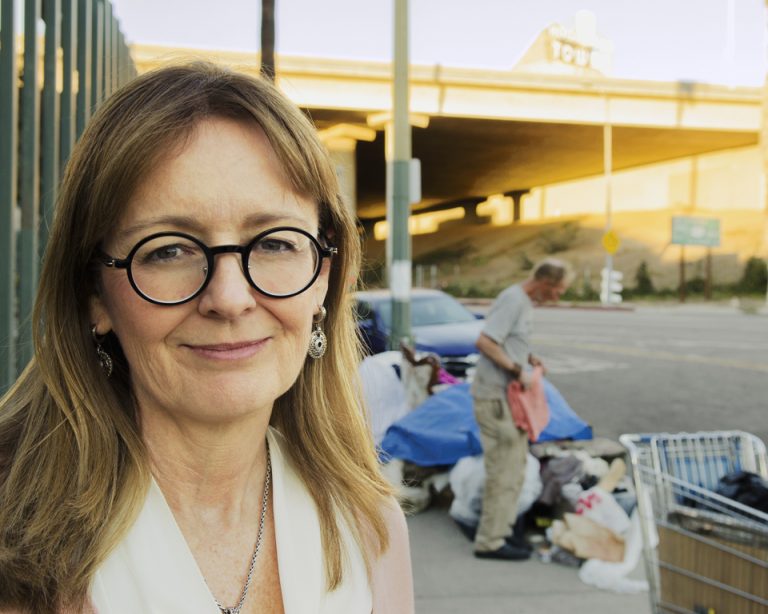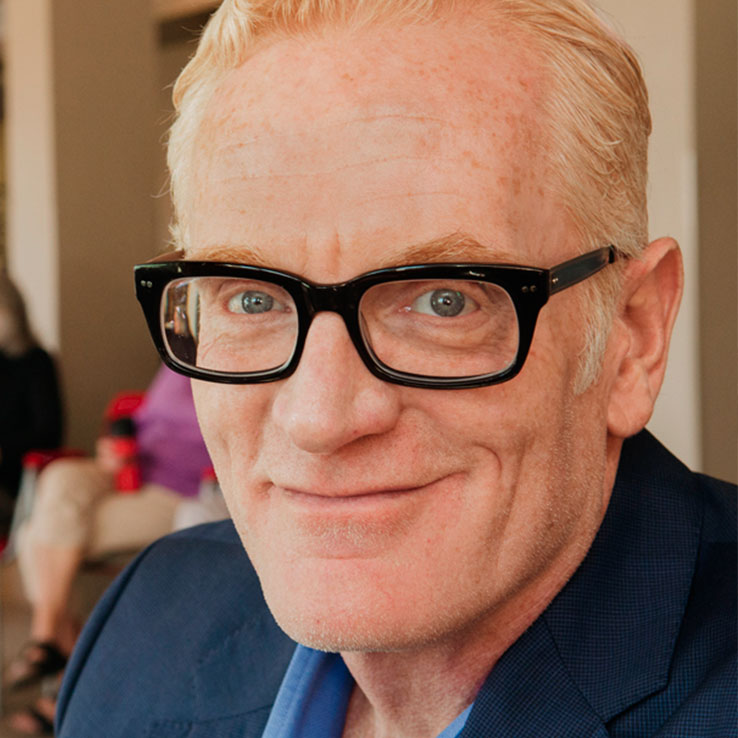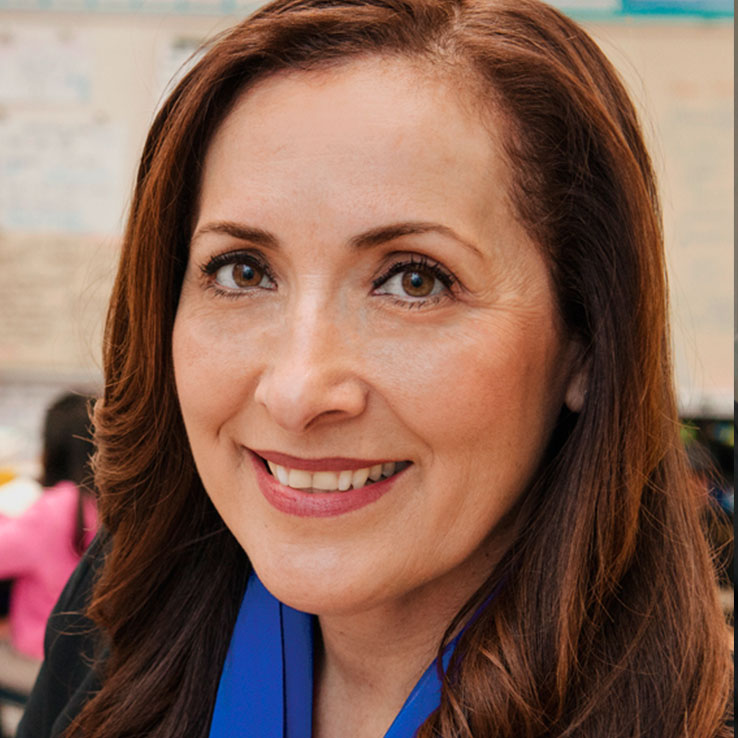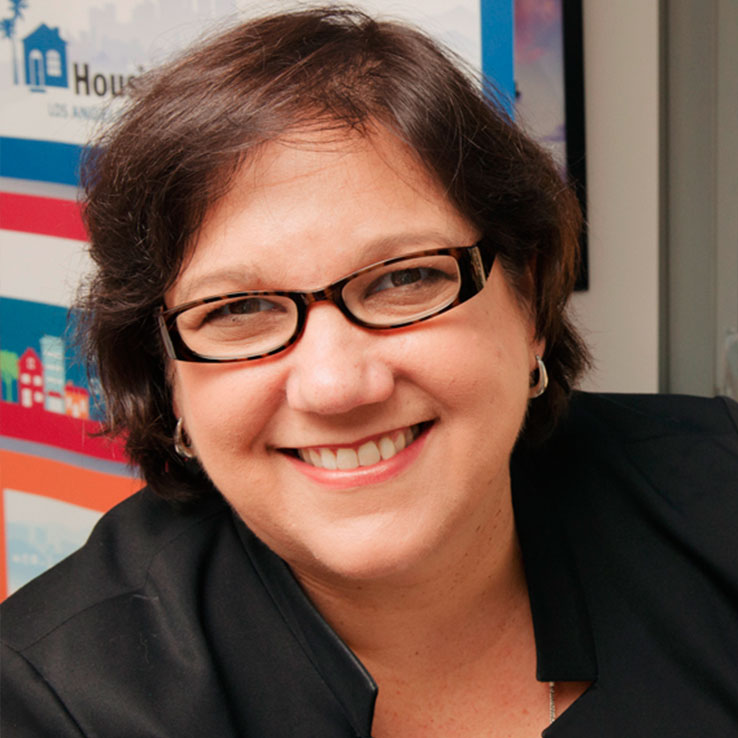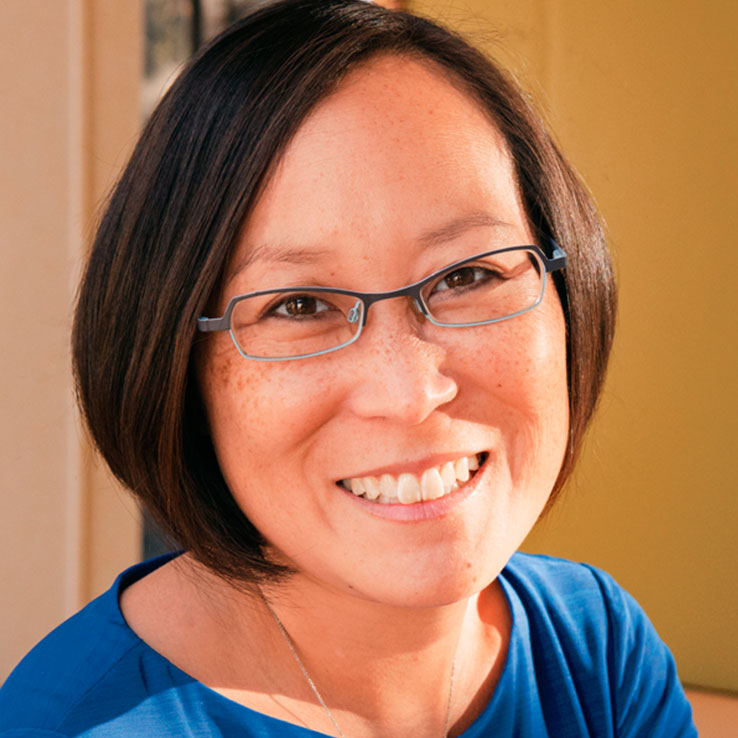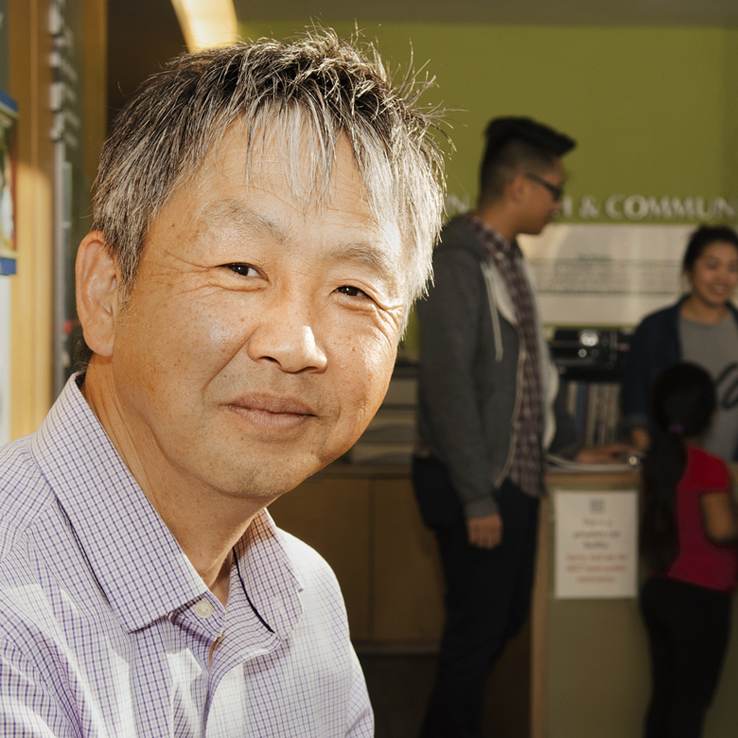Kerry Morrison is the Executive Director of the Hollywood Property Owners Alliance, managing two Business Improvement District, where she maintains liaison with local government, homeless service providers and community organizations. During her tenure, she has become intimately acquainted with many of the chronically homeless, severely mentally ill people living on the Hollywood streets, and has worked with a coalition to seek transformation in the lives of a few. She seeks to find a new path for helping homeless individuals suffering from mental illness obtain the medical attention and supportive assistance they need.
Fellowship Summary:
The Challenge: Beginning in 2010, a coalition of the willing worked intentionally to identify chronically homeless individuals in Hollywood who were most vulnerable and needed to be off the street. Despite our best efforts, there was a cohort of people we could not reach. These were the most severely mentally ill and they existed outside of any established system, left to languish or die. In 2013 when we realized that this “super chronic” group of homeless people remained impervious to traditional interventions, we identified the “Top 14” people for whom we had the greatest concern. For my Stanton inquiry, I wanted to understand why it was so hard to help them.
The Hunch: To describe my inquiry, I relied on the analogy of a rubber band ball, guided by the notion that the person trapped within all the entanglements of laws, judicial rulings, procedures, privacy rules, insurance requirements and bureaucracy could be freed if I could figure out which of those laws or rules could be removed or at least loosened. Armed with that knowledge, I could make a case for change.
The Proposal: To tackle this inquiry, I proceeded to study the history of deinstitutionalization in America. I made a list of the authors I needed to read and people to meet to expand my knowledge of America’s mental health system. I found a model for “design thinking” that encouraged me to keep searching for possibilities – and avoid limiting the search or committing to a solution too hastily.
With the lessons learned from keeping track of the Top 14 case studies, I had clues into areas where improvements could be made and I would test those assumptions against how the system currently works and what stands in the way of reform. Because I was not an expert in this field, my stories informed the questions I asked.
The Stanton Journey: Stanton encourages networking, so I followed virtually every lead I stumbled upon. This led me to explore vistas I didn’t know existed. At first, I found myself limiting my search to domestic sites – looking for another locality in America that was “doing it right.” It never dawned on my that the revolutionary change option would come from another country – because I felt that any solution proposed for LA would have to conform to American norms and laws.
In Year One, I dived deeper into our LA County system, and I visited Denver, Miami, Washington DC, Palo Alto and Morgan Hill CA. Three focus areas surfaced: the fragility of the county’s board and care system that houses many people with severe mental illness; the lack of a coordinated approach toward defining the grave disability status of chronically homeless people; and the simplicity of the Hollywood Top 14 system which emphasizes building sustained relationships with the severely mentally ill.
But the Durfee Foundation wisely encourages you to cast your net wide – so I planned a trip overseas. I visited Geel Belgium, a city that has a 600- year history of fostering people with mental illness in private homes. And, I was led to Trieste Italy, a World Health Organization Collaborating Centre heralded for their exemplary practices in caring for their mentally ill neighbors. In Trieste, when they closed their mental institution in the 1970’s, they built the community care system that we never built in the United States. The trip to Trieste was earth-shattering, so when I got word that there was an international conference scheduled in November 2017, I corralled a group of leaders from LA County to return with me to see this remarkable system first-hand!
Our mental health system is ripe for change. We are fortunate in that in Los Angeles, there are thoughtful, compassionate, forward-thinking leaders who are looking for new ideas to champion. So how do I stay involved?
Where I am now: First, with respect to the Trieste Delegation, I have pledged my volunteer commitment, to continue to coordinate their meetings and collaboration. I am working on a set of guiding principles and “new language” we learned in Italy that may be transferable to a prototype in Los Angeles. Finally, stirred by the power of story-telling, I am working on an edited film of the group presentation by Trieste Delegation upon their return to L.A., so that this inspiration can be shared widely. I remain committed to tracking the case studies of the Top 14.
Second, with respect to the board and care crisis, I have completed the report that I started in 2016, and will be presenting it during early 2018, with my two co-committee members, to the County Mental Health Commission, LAHSA, the Home for Good Task Force and the HHH Citizen’s Advisory Committee.
Hope is in the air.
